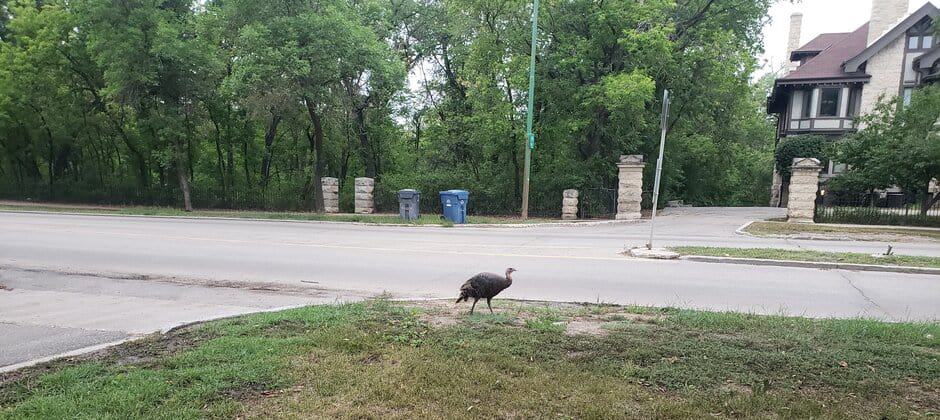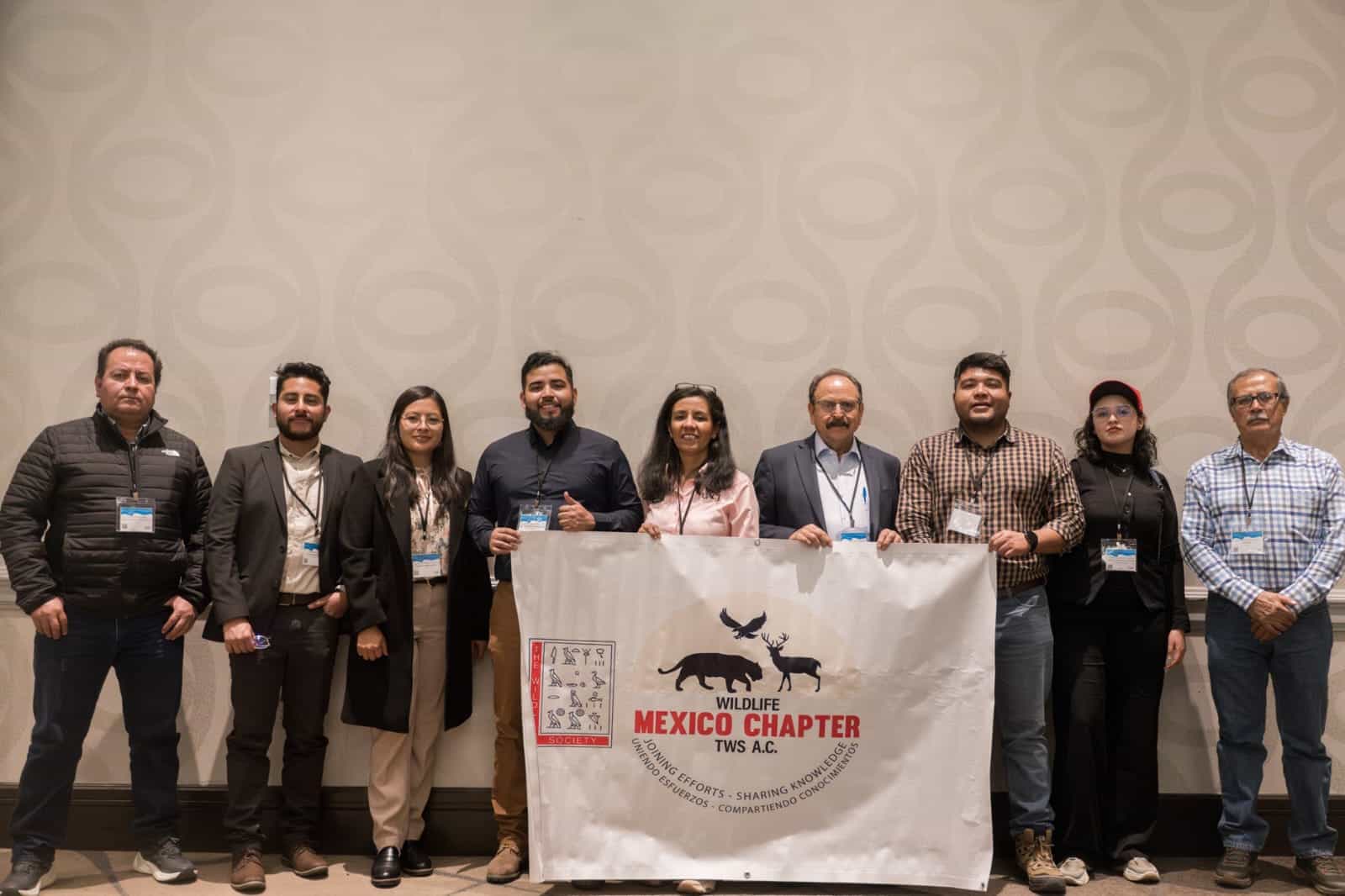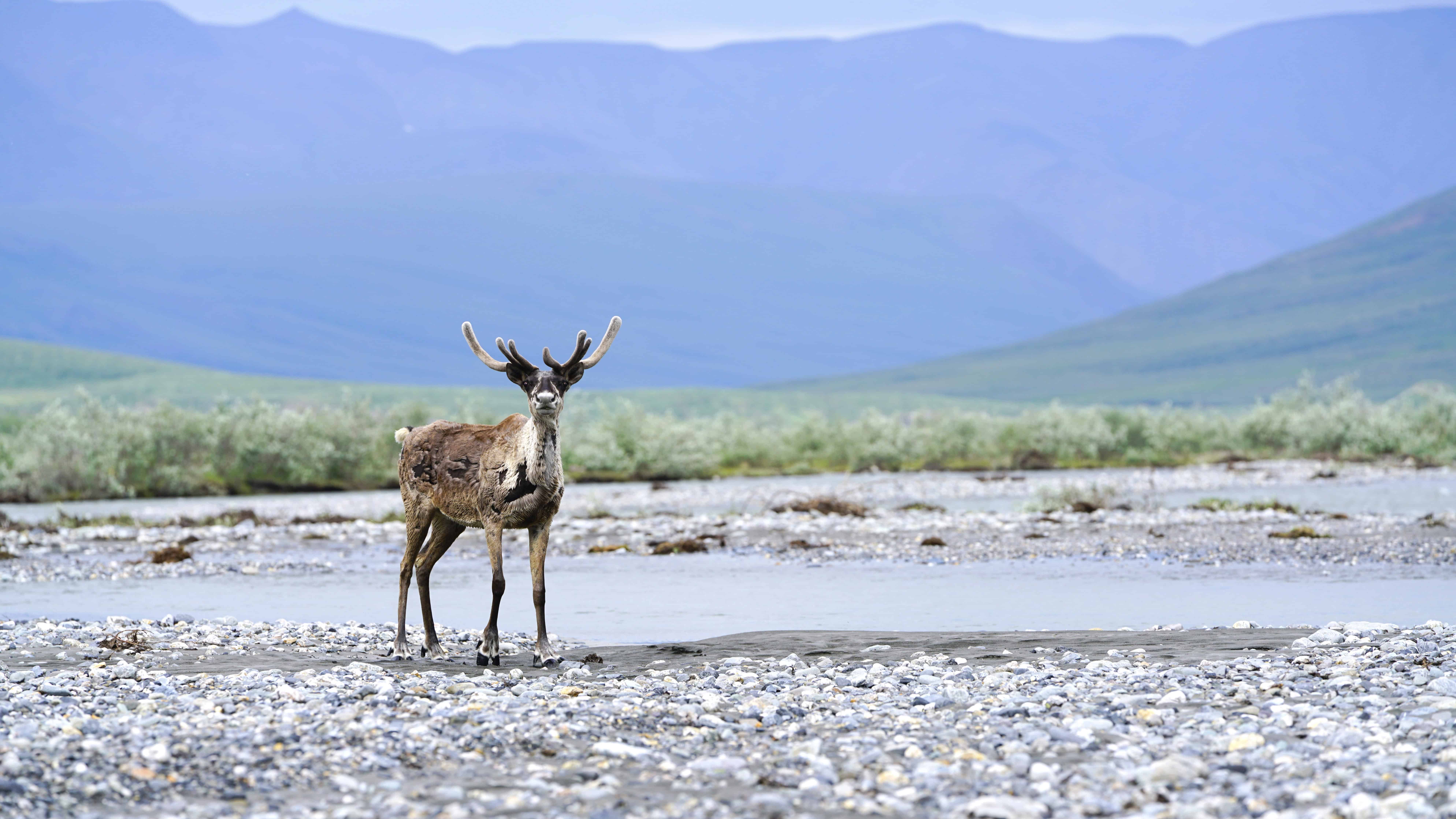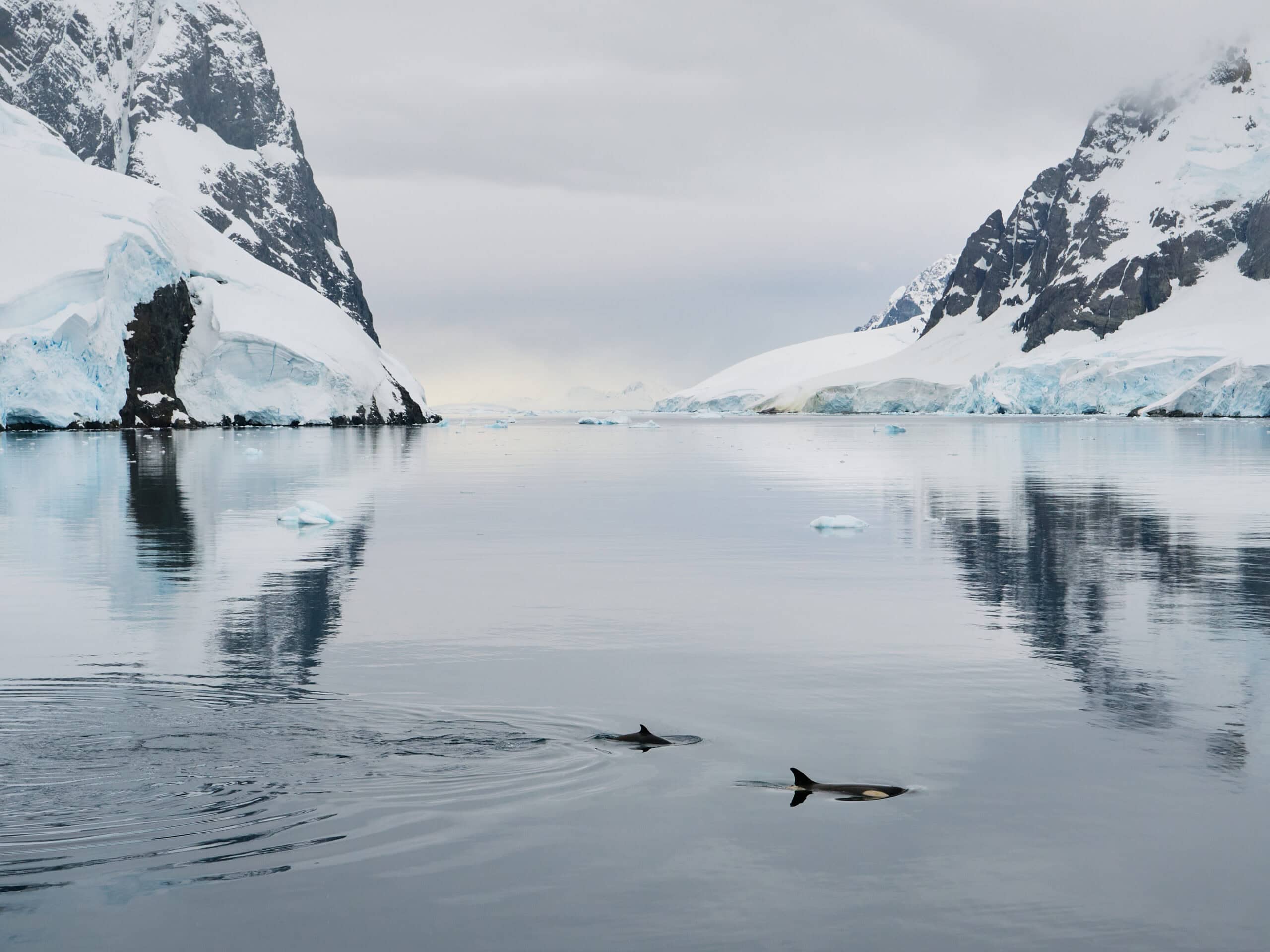Share this article
Q&A: Racial housing segregation harms biodiversity
Urban ecologists have long known that city neighborhoods with more trees, parks and connectivity welcome a greater diversity of wildlife species, whether it’s the bees that pollinate gardens and lawns or the birds that use green rooftops.
Likewise, researchers have found that poorer, non-white neighborhoods in cities, which often have fewer shady trees and parks, experience a larger effect from heat waves.
But new research has now made a direct correlation between racial segregation in city neighborhoods and biodiversity.
Chloé Schmidt, a senior scientist at the German Centre for Integrative Biodiversity Research, and her co-author Colin Garroway at the University of Manitoba in Canada, gathered genetic biodiversity data of urban wildlife for 39 species of mammals, birds, amphibians and reptiles that had been published in peer-reviewed studies. They paired these data with U.S. Census data, which included information about city neighborhoods and inhabitants’ self-declared racial identities.
“Someone was studying how roads affect bear population connectivity in Yellowstone, and then someone else was looking at population sizes of mice in New York City—we just put it all together,” said Schmidt, who was a PhD student at the University of Manitoba at the time. They then compared the racial identities in neighborhoods with the genetic diversity of wildlife in those areas for more than 300 sites.

Chloé Schmidt is a senior scientist at the German Centre for Integrative Biodiversity Research. Credit: Stefan Bernhardt
For our latest Q&A, The Wildlife Society connected with Schmidt to discuss the findings of her new study, published recently in the Proceedings of the National Academy of Sciences.
Why did you decide to look at how racial segregation affects biodiversity?
My PhD thesis was about evolution in cities. I had been working on a couple of thesis chapters about how vertebrates respond to urbanization in general across the U.S. and Canada. Then, in 2020, right at pandemic time, this really nice review paper came out in Science called “The ecological and evolutionary consequences of systemic racism in urban environments.” It was inspiring and sad at the same time. It just really put us in a different frame of mind, thinking about urbanization and what it’s doing to nature and wildlife. The field as a whole had been moving toward this question of the human factor in cities. We’ve completely built these environments from the ground up, but we always talk about them in terms of roads, buildings or how much concrete is covering things. We rarely talk about the human effects, the human choice, and the roles we actively play in shaping those environments.
How did you measure the racial makeup of neighborhoods in your study?
Redlining, a policy that started in the 1930s, systematically denied racial and ethnic minorities the chance to purchase homes in U.S. neighborhoods ranked as high quality. The body that graded neighborhoods, the Home Owner’s Loan Corporation, sent agents all around the country and labeled neighborhoods from A to D. Those given an A were the nicest neighborhoods, which also coded as mostly white people living there. D-ranked neighborhoods tended to be more located toward urban, downtown centers with higher population densities that usually were home to everyone else—all of the non-white residents. These redline maps have been digitized and are available online, so you can really see the stark neighborhood boundaries that this process created. Our initial thought was to use these old maps, but maps weren’t available for all the locations we had in our data, so we used race data from the U.S. Census instead. We measured the proportion of the residents identifying as white at each of our sample sites where we had genetic data for wildlife. Our reasoning was that one of the outcomes of these policies was to maintain these homogenous, predominantly white communities, and that using the whiteness of a neighborhood would be a good index of segregation in general.
How was biodiversity related to neighborhood segregation?
We looked at a couple of different measures of wildlife genetic diversity and also a measure of genetic differentiation. That told us how connected the populations were in a city or how isolated they might be. We found that the genetic diversity of wildlife tended to be lower in neighborhoods where there were fewer white residents, and wildlife populations also tended to be more isolated. Because we know genetic diversity is correlated with population size, that tells us that the wildlife populations living in these minority communities tended to be smaller, more fragmented and less connected. In a bigger picture sense, because genetic diversity is the fuel for evolutionary adaptation, having lower genetic diversity could be bad for these wildlife populations in the long term, because they might not be able to adapt to environmental changes. Also, population sizes and individuals being less able to move around can decrease resilience. If a population is small, it’s more easily wiped out if anything happened compared to a population that can use more space. It seemed these patterns of human segregation were creating these differences in environments that aren’t good for wildlife or people. Less nature is not good for anyone!
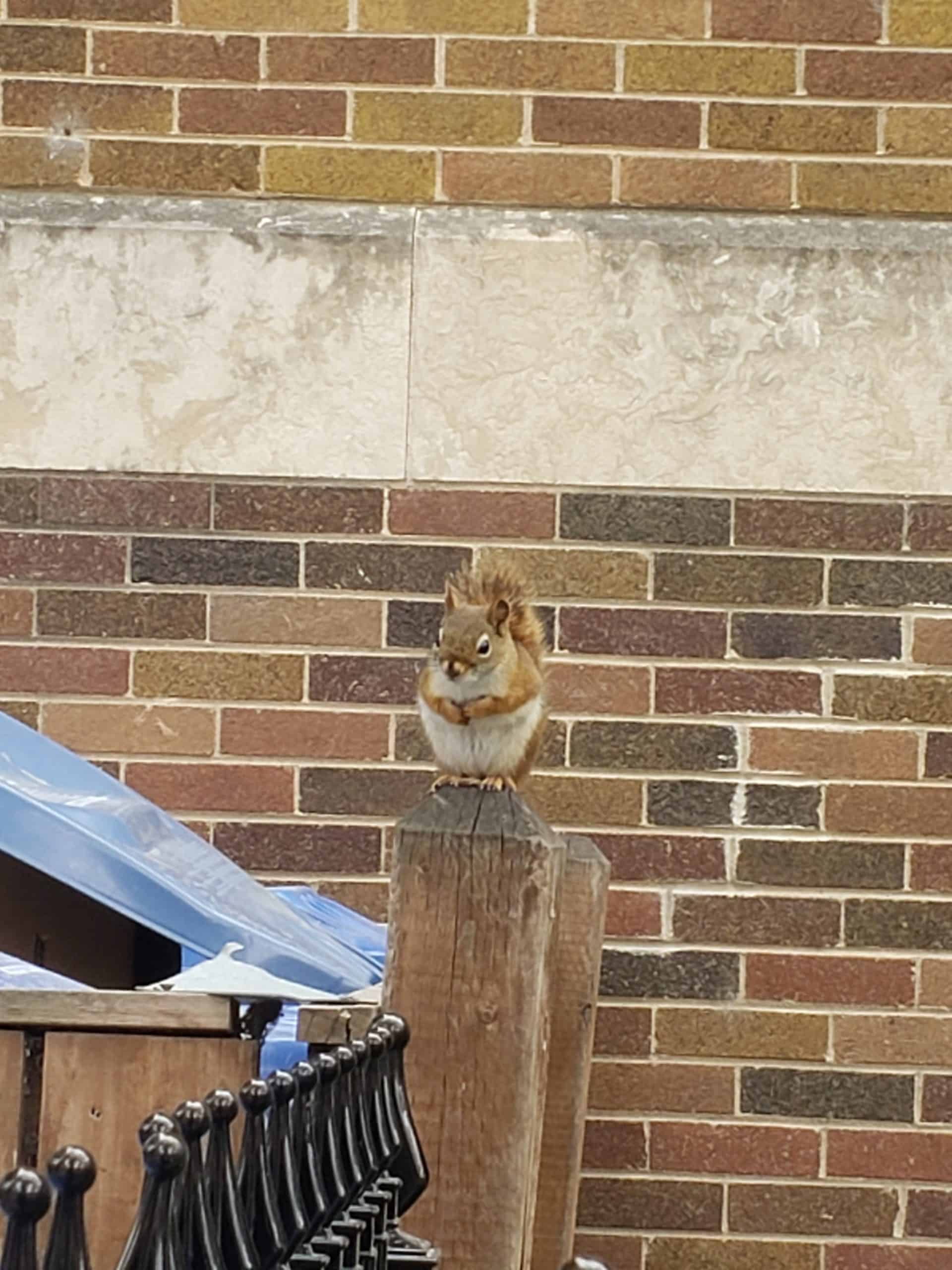
A red squirrel skirts the side of a building. Credit: Chloé Schmidt
Why do you think animal populations have a lower chance of persisting in minority communities?
By having less genetic diversity, wildlife populations have more trouble adapting to new environments. It could also mean they tend to be more inbred. Continued inbreeding in the long term isn’t good for population fitness or general population health. We tested whether these environmental differences that we already know exist across neighborhoods from a lot of other studies also held for our sample sites. We used the Human Footprint Index, which is a broad measure of just how much humans have transformed the environment. We also found that was negatively correlated with racial composition. Neighborhoods that tended to have more white residents also had a lower human footprint. So, it looks like resource availability for wildlife across neighborhoods are probably driving the patterns we saw. It seems that these kinds of factors, which can also be bad for human health, are not conducive to maintaining nice, big wildlife populations. That includes having less parks, or parks that are disconnected, not having as many trees on the streets, or not having as many old trees in the streets that have dense canopy cover where animals can move around.
What do these findings mean for the indirect effects of racial segregation on wildlife?
To us, it’s not like it means these wildlife populations are going to go extinct anytime soon. It more underscores the depth and the strength of segregation and the legacy that it’s left even after these policies were abolished. Redlining was abolished in 1968, but we can still see its footprints in the environment. The fact that we’re able to detect these effects with genetic data collected for different purposes by different people studying whatever they were studying—it was stunning to us. It really highlights how much segregation has shaped city environments—and not in a good way. It adds to everything we already know about environmental differences across racial mosaics in cities. It’s something we need to fix.
What do these findings mean for wildlife conservation and management?
We know already that one of the most important things for wildlife conservation is to maintain big, connected populations. We know that urbanization disrupts that, but we didn’t know what kind of an effect differences in environments within cities would have. The part of a city where a wildlife population lives could be affecting them in these negative ways. Evenly and equitably distributing green space and natural resources in cities is necessary for the benefit of both wildlife and humans. It sounds like a straightforward solution, but this is something that needs careful consideration and planning from an environmental justice perspective to avoid creating new problems with gentrification and displacement of people who live in low-income neighborhoods. It’s a tough problem, but it’s a problem we have to start seriously thinking about and working our way through.
Header Image: A wild turkey (Meleagris gallopavo) walks through the street. Credit: Chloé Schmidt



